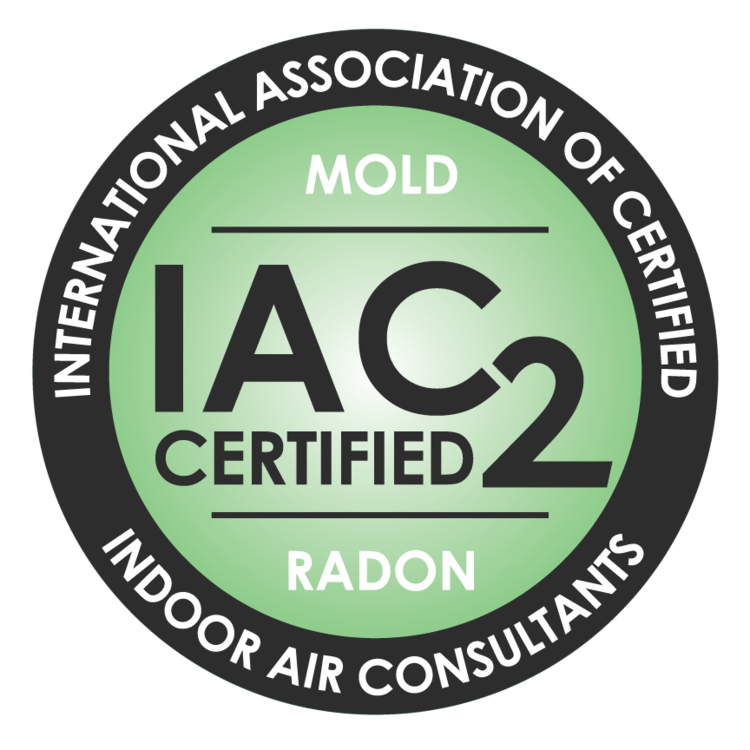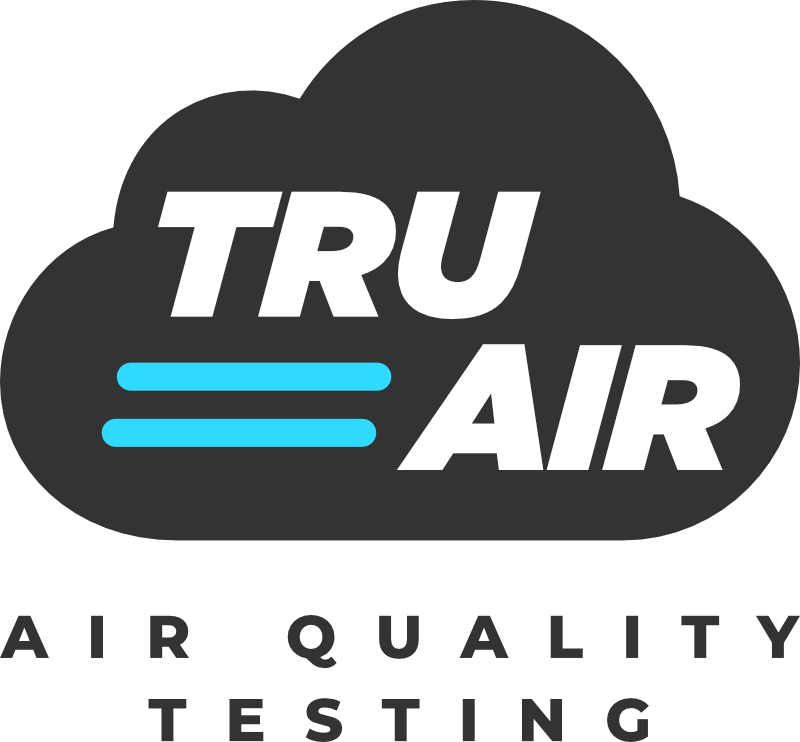FAQ
Your Local Air Quality Experts.
Indoor Air Quality (IAQ) refers to the air quality within and around buildings and structures, especially as it relates to the health and comfort of building occupants.
Testing the Indoor Air Quality of your home should be one of the first steps when you are concerned about the air you and your family are breathing.
Some common symptoms of poor indoor air quality are headaches, fatigue, shortness of breath, sinus congestion, coughing and sneezing, dryness and irritation of the eyes.
Tru Air’s Basic Indoor Air Quality test, tests for Carbon Dioxide, Temperature and Humidity in each room. Tru Air can also conduct an Airborne Mold Test, which will determine whether or not there are airborne mold particles in the air in your property. Furthermore, we can test for both Radon Gas.
Mold is a fundamental part of the natural environment and is an important organism in our daily lives. Molds are part of the fungi kingdom, a diverse group of organisms within a wide range of species. Mold’s primary function is to breakdown dead organic material and recycle nutrients back to the earth. In order for mold to grow, it must have an organic food source, a source of moisture, and the correct amount of humidity.
Alternaria: One of the most common molds worldwide. This type of mold contains approximately 40 to 50 different species, of which only a few are typically found inside. This mold is common outdoors in soil, organic debris, foodstuffs, and textiles. When found indoors, they can typically be found in dust, carpets, and damp spots. Alternaria is commonly recognized and associated with Type I and Type III allergies, such as hay fever and asthma, and hypersensitivity pneumonitis, respectively.
Aspergillus: This type of mold appears very similar to Penicillium (listed below), and they are commonly discussed as a group. These fungi are typically found in soil, compost piles, plant debris, and on water-damaged materials, as there are nearly 600 different species of Aspergillus. This type of mold is typically associated with hay fever, asthma, and other Type I allergies.
Botrytis: Botrytis is typically found in soil, or in fruits and vegetables that are in transport or storage. This type of mold is commonly referred to as “Gray Mold”, and may be found in on grapes, strawberries, lettuce, cabbage, and onions. Botrytis is known to cause allergies and induce asthma attacks.
Chaetomium: Chaetomium is common throughout the world. It contains nearly 100 different species, and is commonly found in soil, seeds, cellulose substrates, and woody and straw materials. The health risks of Chaetomium are not well studied.
Cladosporium: This mold is one of the most abundant spore types found in both indoor and outdoor samples, worldwide. It contains approximately 20 to 30 different species, and is typically found in many different types of soil, plant pathogen, and leaf surfaces. It can also be found on many substrates, such as textiles, wood, and moist windowsills. Cladosporium is quite common and an important allergen.
Mucor: Mucor is able to contaminate many kinds of stored food products, as it is one of the quicker invading organisms. This type of mold is found throughout the world, typically in hay, stored seeds, horse manure, and house dust. Mucor typically poses a minor health risk.
Stachybotrys: This mold is ubiquitous in nature and contains approximately 15 different types of species. It produces wet, slimy spores, and is found in soil, decaying plant substrates, decomposing cellulose, leaf litter, and seeds. This type of mold is dark in colour, and it excels in water damaged, cellulose rich materials, like drywall, paper, and ceiling tiles. Commonly reported respiratory tract symptoms include nasal irritation, burning and congestion, cough, wheezing, chest tightness and dyspnea.
Radon is a naturally occurring radioactive gas that is formed by the breakdown of uranium in soil, rock, and water. It cannot be detected by the senses (you cannot see it, smell it, or taste it). However, it can be detected easily with radon measurement devices.
When radon escapes from the ground to the outdoors, it mixes with fresh air, resulting in concentrations too low to be of concern. When radon enters an enclosed space, such as a home, it can accumulate to high concentrations and become a health concern.
Radon can enter a home any place it finds an opening where the house contacts the soil, such as: cracks in foundation walls and floor slabs, construction joints, gaps around service pipes, support posts, window wells, floor drains, sumps or cavities inside walls.
Breathing elevated concentrations of Radon over time has proven to increase your risk of lung cancer. In the United States, Radon is the 2nd leading cause of lung cancer, behind smoking. You can take steps to reduce and control the amount of radon in your home. Testing is the only way to determine radon levels. The current Canadian guideline for radon is 200 becquerels per cubic meter (200 Bq/m3).

How are we different?
Why should you go with us?
- IAC2 Certified
- WCB Insured
- $5M General Liability
- Member of InterNACHI
- 5 Star Rating on Google
Let's Chat
Have questions? We can help!
Questions? Give us a call!
We're ready to help!
Give us a call! We will take the time to discuss any questions and/or concerns you may have, and provide options and advice.
